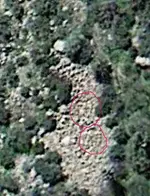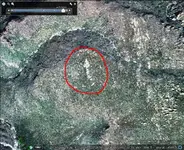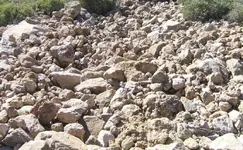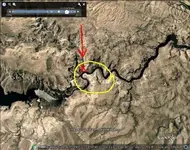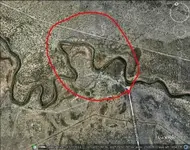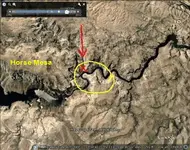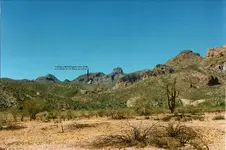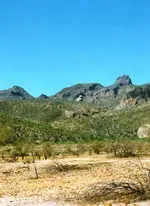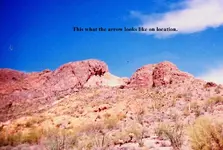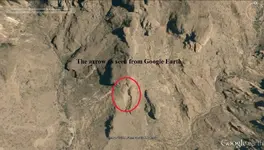Real de Tayopa Tropical Tramp
Gold Member
- Joined
- Nov 8, 2004
- Messages
- 14,582
- Reaction score
- 11,947
- Golden Thread
- 0
- Location
- Alamos,Sonora,Mexico
- Primary Interest:
- All Treasure Hunting
Somero, imagine that you are weeks from a source of supplies - no dynamite , just at best black powder, - so you do what you can with available materiel's known to work at that time.
As for the laborers, no one ever gave them thoght except for their producing capacity.
u
Fire was an important tool in those days, both for cracking an rock, and for ''ventilation''..
Under these circumstances mining works were very limited. Of course, further south nearer Mexco city etc, where explosives and iron tools were readily available, they were impressive even by today's standards..
Don JOse de La Mancha.
As for the laborers, no one ever gave them thoght except for their producing capacity.
u
Fire was an important tool in those days, both for cracking an rock, and for ''ventilation''..
Under these circumstances mining works were very limited. Of course, further south nearer Mexco city etc, where explosives and iron tools were readily available, they were impressive even by today's standards..
Don JOse de La Mancha.



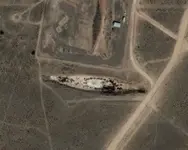

 What is the matter with you ? This image don't look like a ship ? If somebody want to make an arrow shape from roks , trees , pit , etc . the shape don't change . Is stiil to look like an arrow . Or don't ?
What is the matter with you ? This image don't look like a ship ? If somebody want to make an arrow shape from roks , trees , pit , etc . the shape don't change . Is stiil to look like an arrow . Or don't ? 

